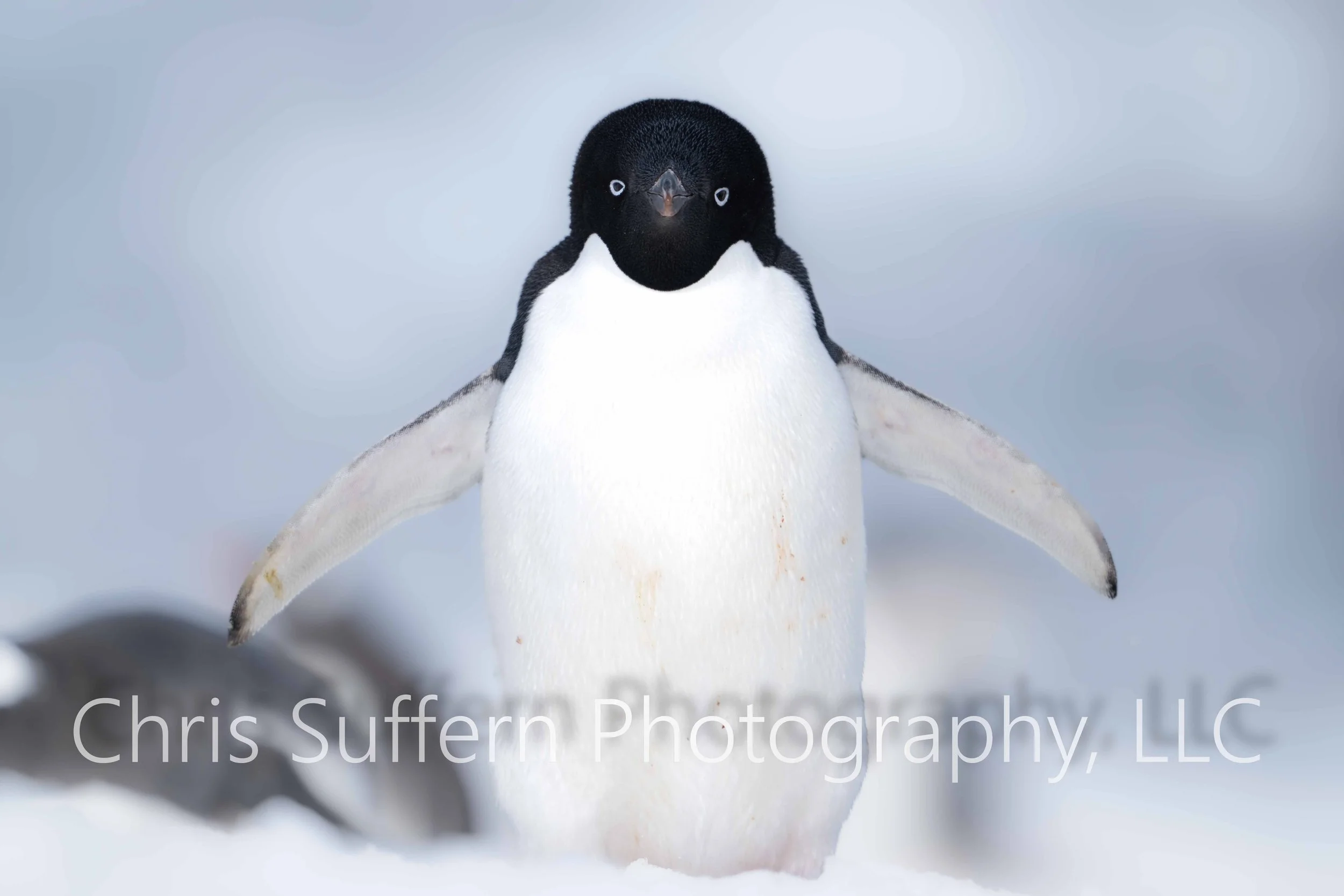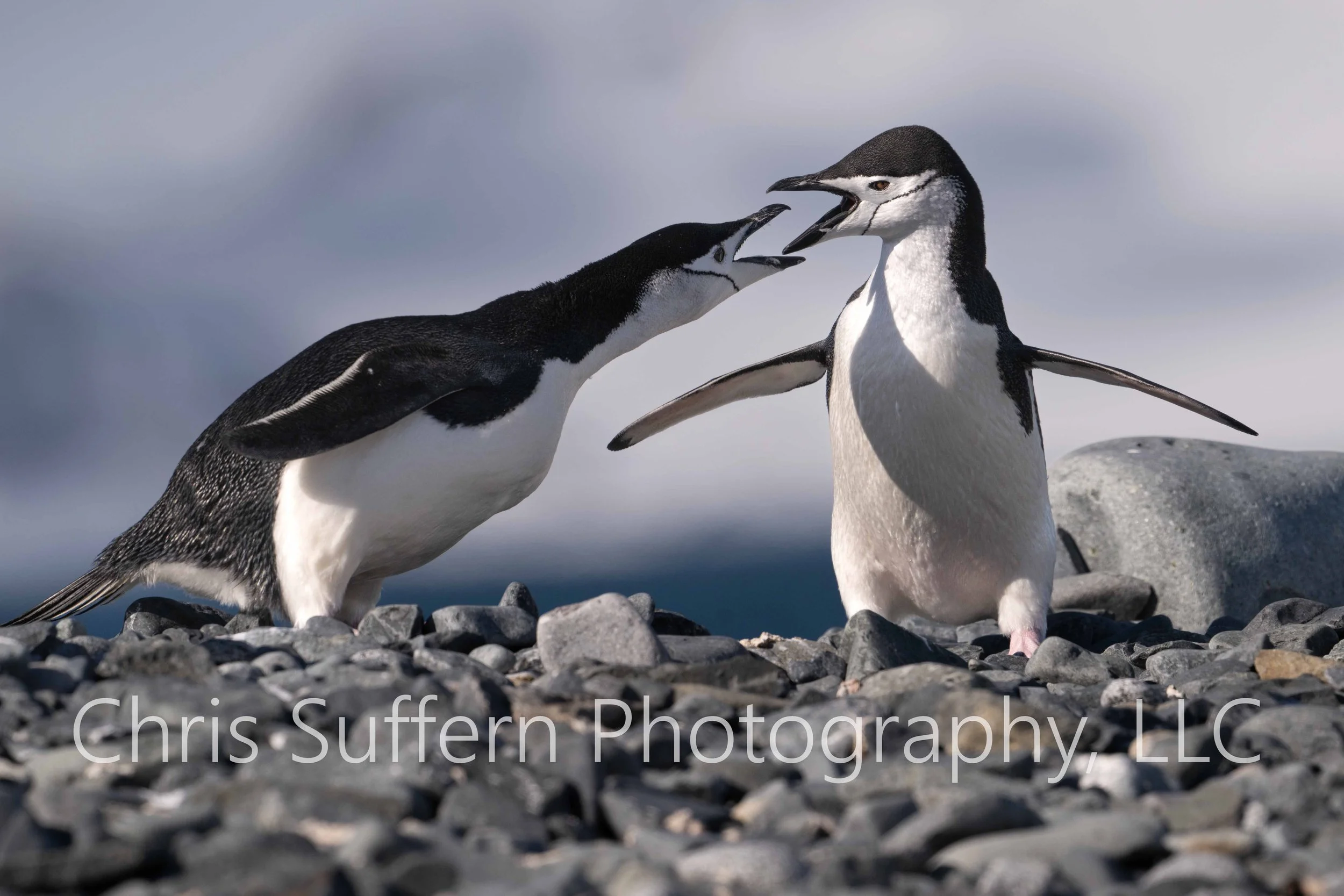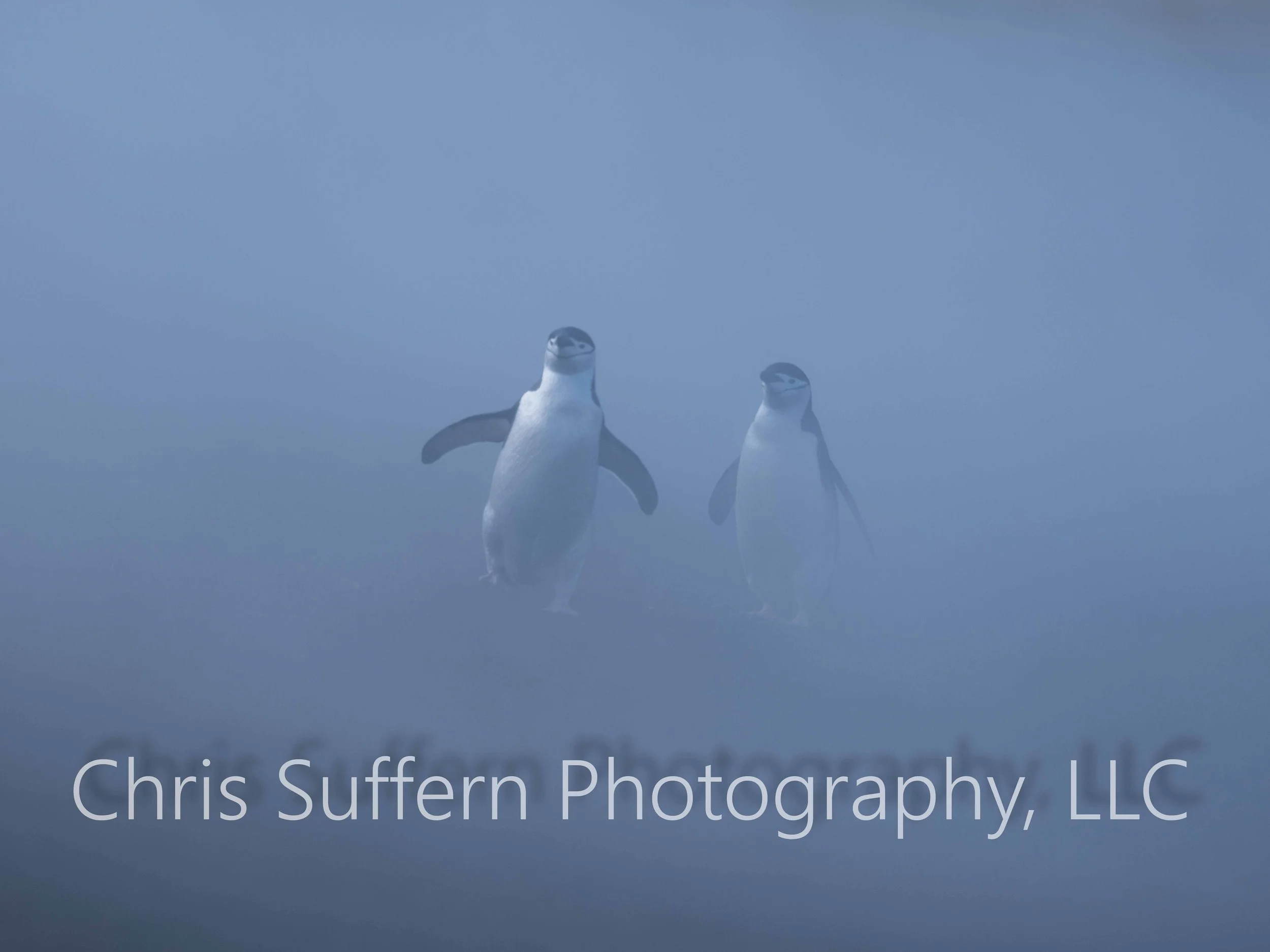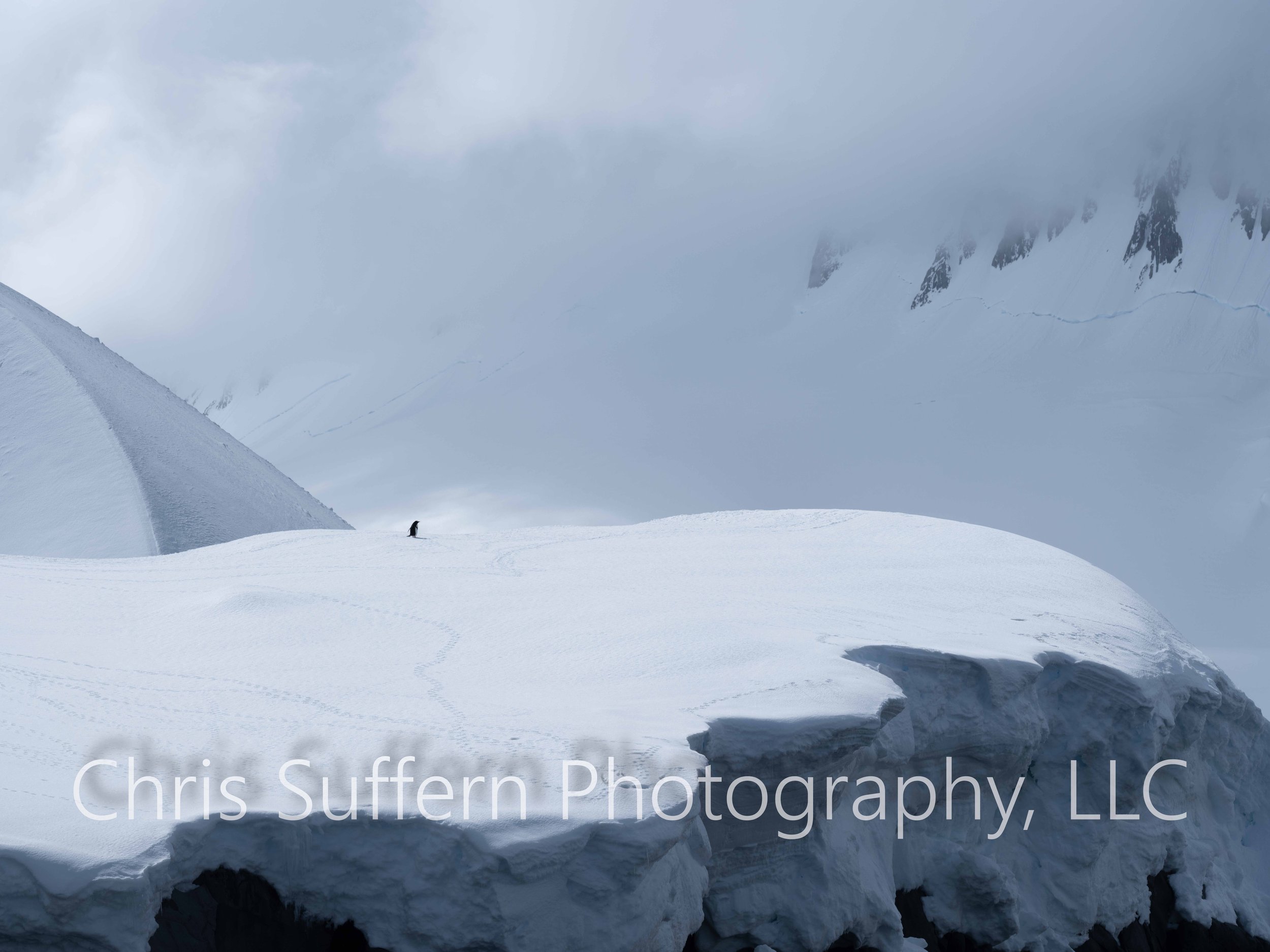
Antarctica, The Peninsula
In 2020 I planned a thorough 4 week Antarctic expedition covering both the interior and the peninsula. Like most of my trips covid disrupted the itinerary as travel restrictions only permitted entry to Chile leading only to exploration of the Ross ice shelf to photograph emperor penguins. Argentina had yet to reopen which scrapped visiting the peninsula. The trip was hyphenated and I was forced to postpone half the trip by 1 year. To be honest, as the year slowly passed I had become less interested in returning to the 7th continent. Even worse were thoughts of suffering through forced confinement to a nausea inducing ship filled with unfamiliar faces with contrived meal time chatter.
I paid for it so I had to do it. I had to make the most of it as I packed my suitcase with a drone and action camera. I intended to capturing aerial footage of Ushuaia and time-lapses of the ship’s voyage through icebergs and snow covered mountains, however an hour and a half stuck on the tarmac in Toronto precluded me from acquiring my luggage in Buenos Aires- luckily I always pack seventy plus pounds of essential gear (cameras, lenses, chargers, external hard drives, etc.) into my carryon. I have a strong back so all wasn’t lost, but with a major blow to my photographic reserve and no winter clothes, I was even less enthusiastic.
About an hour before embarkation I scrambled to gather winter gear. Apparently around midday most shops closed. I found 1 insufficiently supplied outdoors shop from which I bought overpriced waterproofed pants, fleece, gator, thick socks, and 1 pair of underwear. No belt so I improvised with a banded rope to secure my pants. In hindsight heavy winter gear wasn’t necessary as temperatures compared to an early New England spring day. Most days were above freezing, over 50F, and overcast was seldom. This “good” weather allowed the ship’s entry into several less visited stops. Matter of fact, we visited all schedules landings without delays, cancellations, or rough water.
The trip was organized as a photographic expedition with lectures and image reviews. Yeah, I spent 20 plus years listening to “experts” run their jibs and I wasn’t looking forward to another 2 wks. I retired to my cabin and spent this time brainstorming photo and video ideas.
No bags or butts to the ground per new bird flu regulations which added a level of complexity when planning daily excursions. What to bring? I found myself carrying much less gear; 1 medium body instead of 2, 2 mirrorless full frames, 1 wide angle, a 100-400, and a prime 400 2.8 TC. I had to borrow a tripod as mine was still in capital. Heavy, but much less than usual. It was cumbersome switching bodies and lenses as I had to secure my bag between my legs in order to abide by the imposed rules when exchanging cameras. Frustrating as I often left behind lenses which I felt I needed. Low angle shots required good knees. Mid trip I converted into a minimalist and accepted that I would not get the shots I truly desired.
The peninsula and surrounding islands differed greatly from the interior. The barren glaciers were replaced by rugged mountains, icebergs, and thousands of colonies of nesting penguins. Emperors were replaced by Adelies, Gentoos, and Chinstraps. Resting seals dotted shorelines and icebergs as the low latitude offered brilliant sunsets opposed to 24hrs of daylight on Union Glacier.
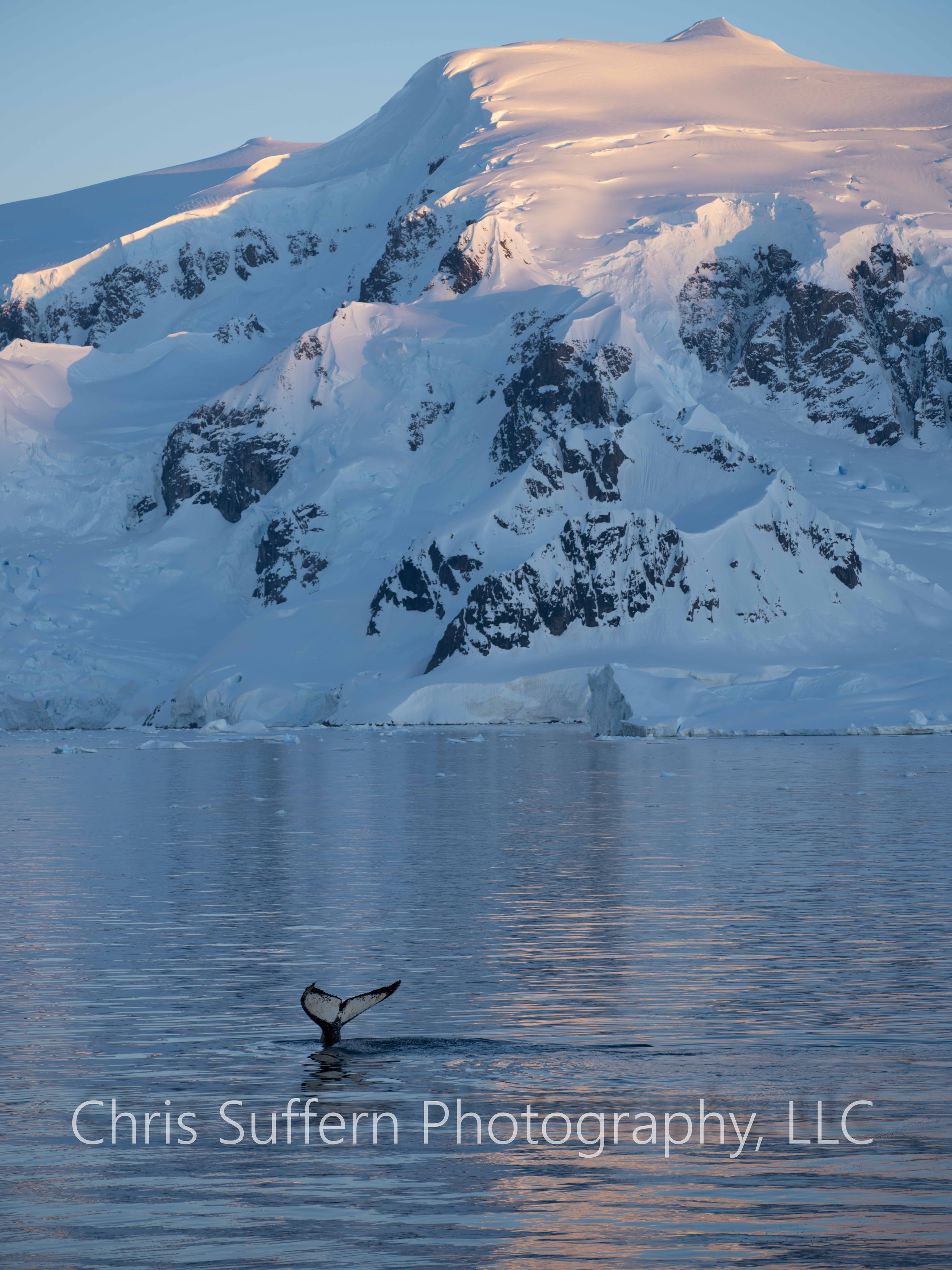
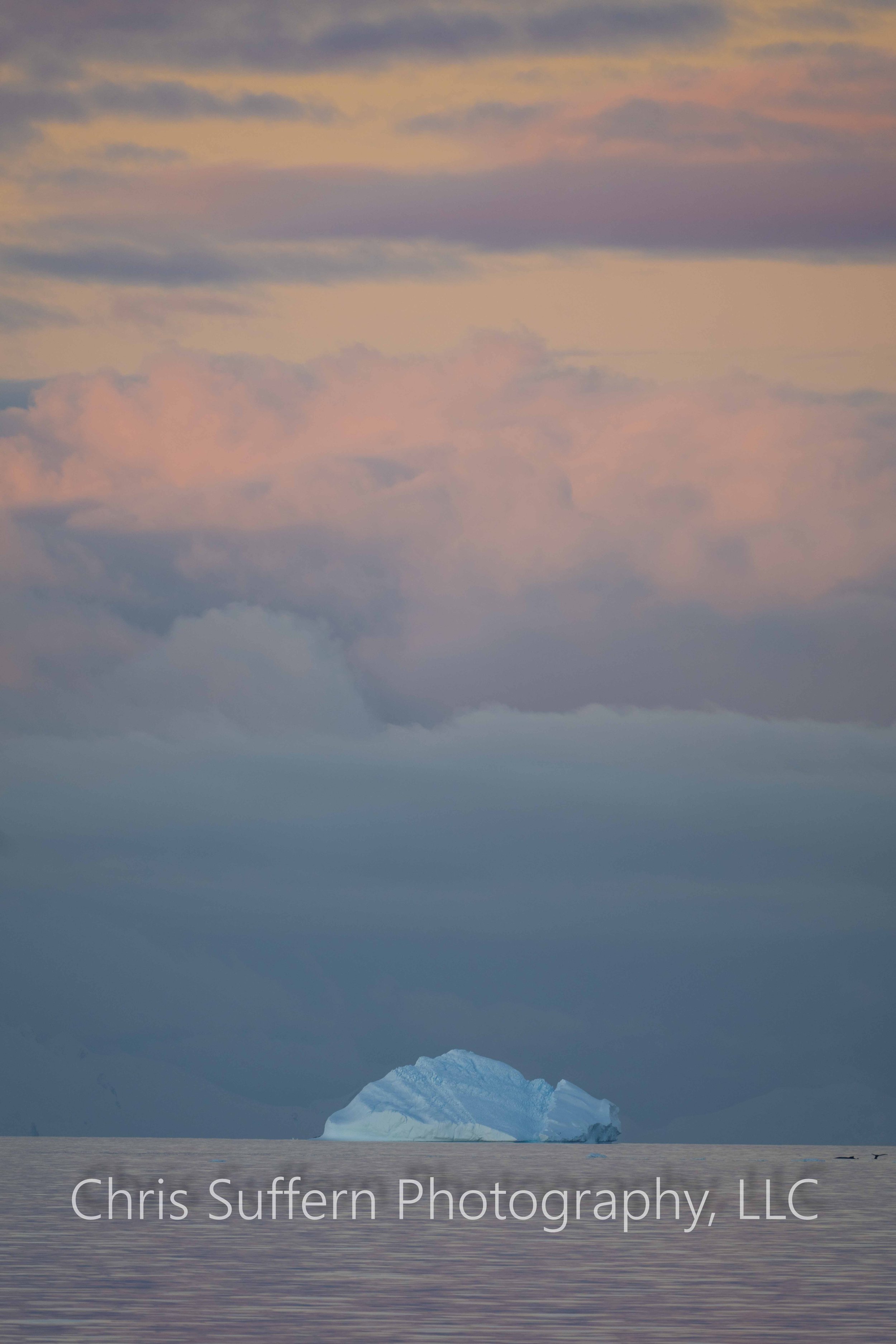
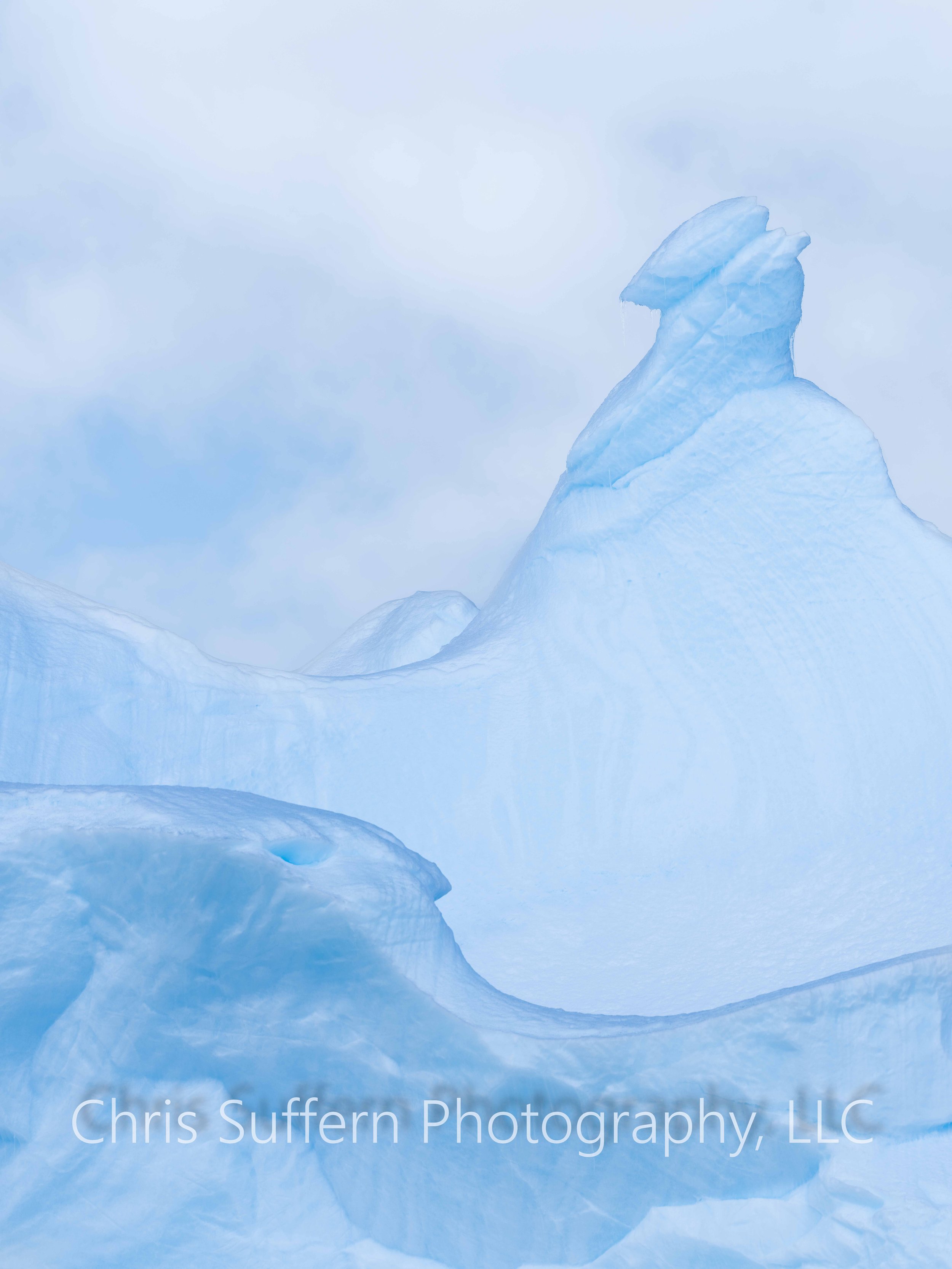
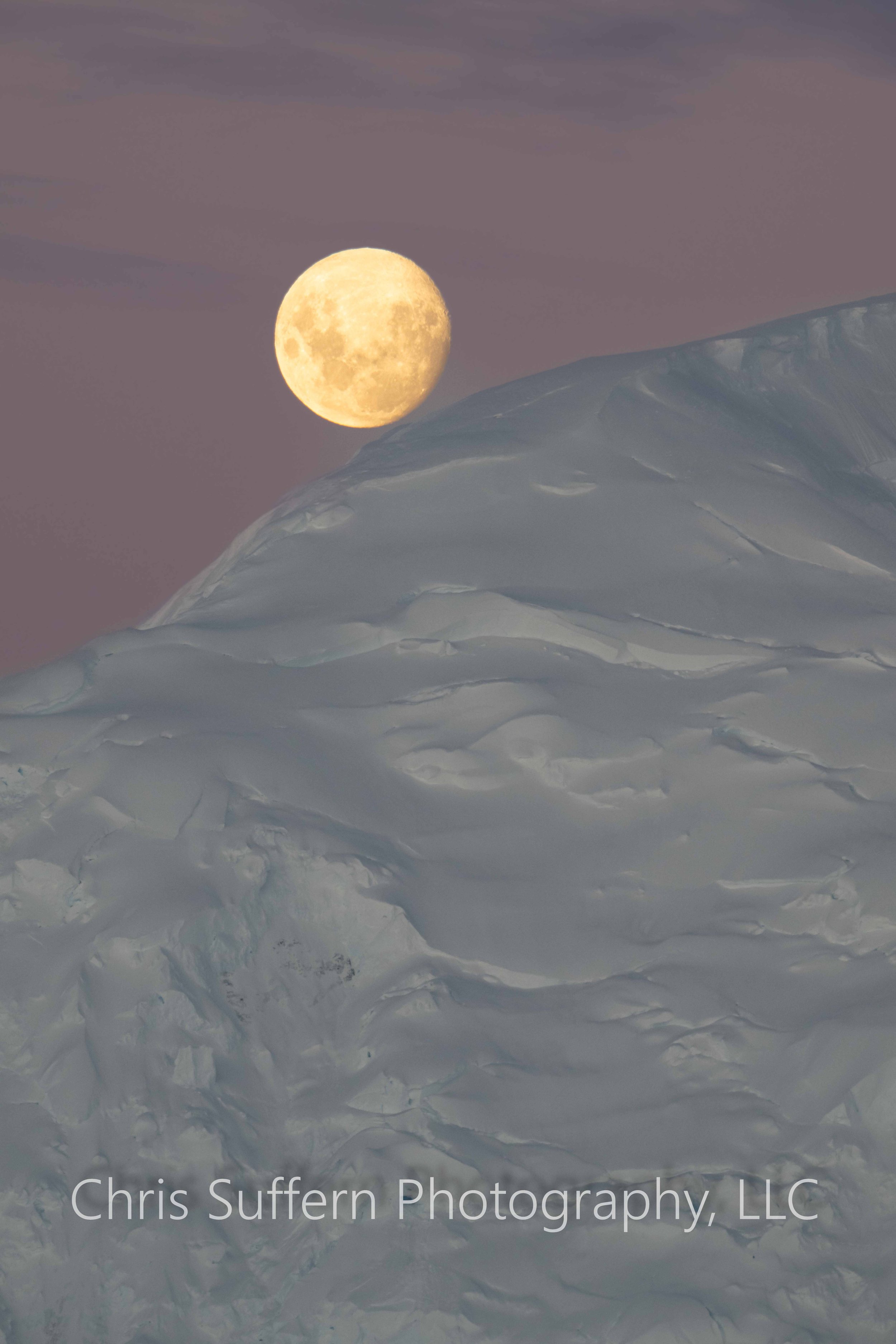
PHOTOGRAPHY:
The most recent addition to my arsenal was the Nikon Z 400 TC. Lighter and equally sharp as it’s F mount predecessor. It benefits from having a built in 1.4 teleconverter extending the focal length to 560mm. It’s like having a 2 in 1 optimally sharp lens. The risk of introducing dust and debris onto the camera sensor while disconnecting the lens, adding a TC, then reconnecting is eliminated.
Videography:
I wanted to try something new. I almost exclusively use the z mount cameras for video. The greatest benefits include vast lens selection, reliable subject tracking, and autofocus. The gear has always produced great results. Most subjects are at close range in Antarctica. No fierce carnivores and few fast moving subjects. Because of this I predominantly captured content with the GFX because of its richer colors and high dynamic range. Disadvantages of the system was significant focus breathing and no subject tracking. I tried to avoid this by only using manual focus otherwise the video would hunt for correct focus every few seconds ruining the footage. Not the best cameras for video, but I traded off reliability for greater depth.
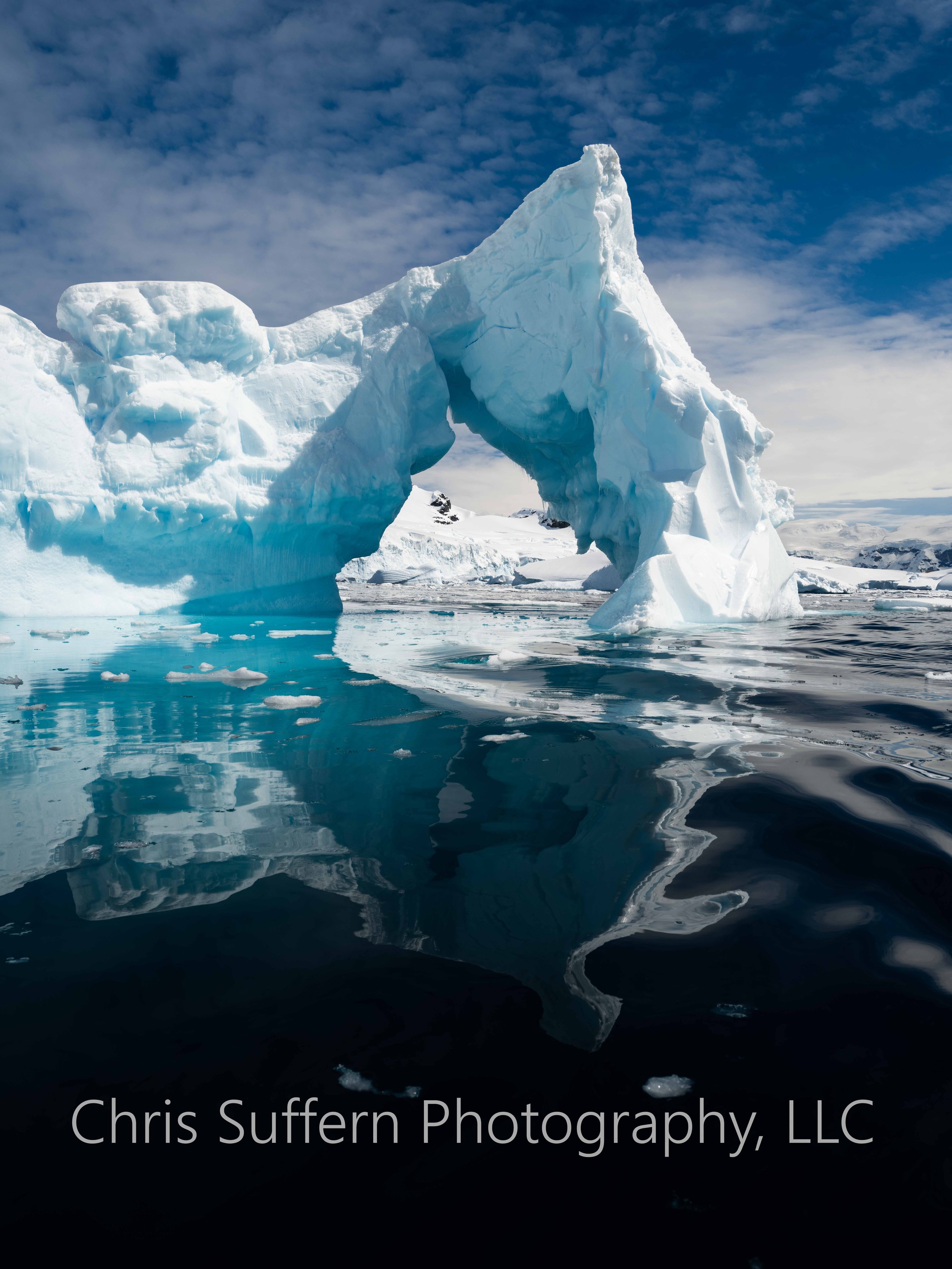
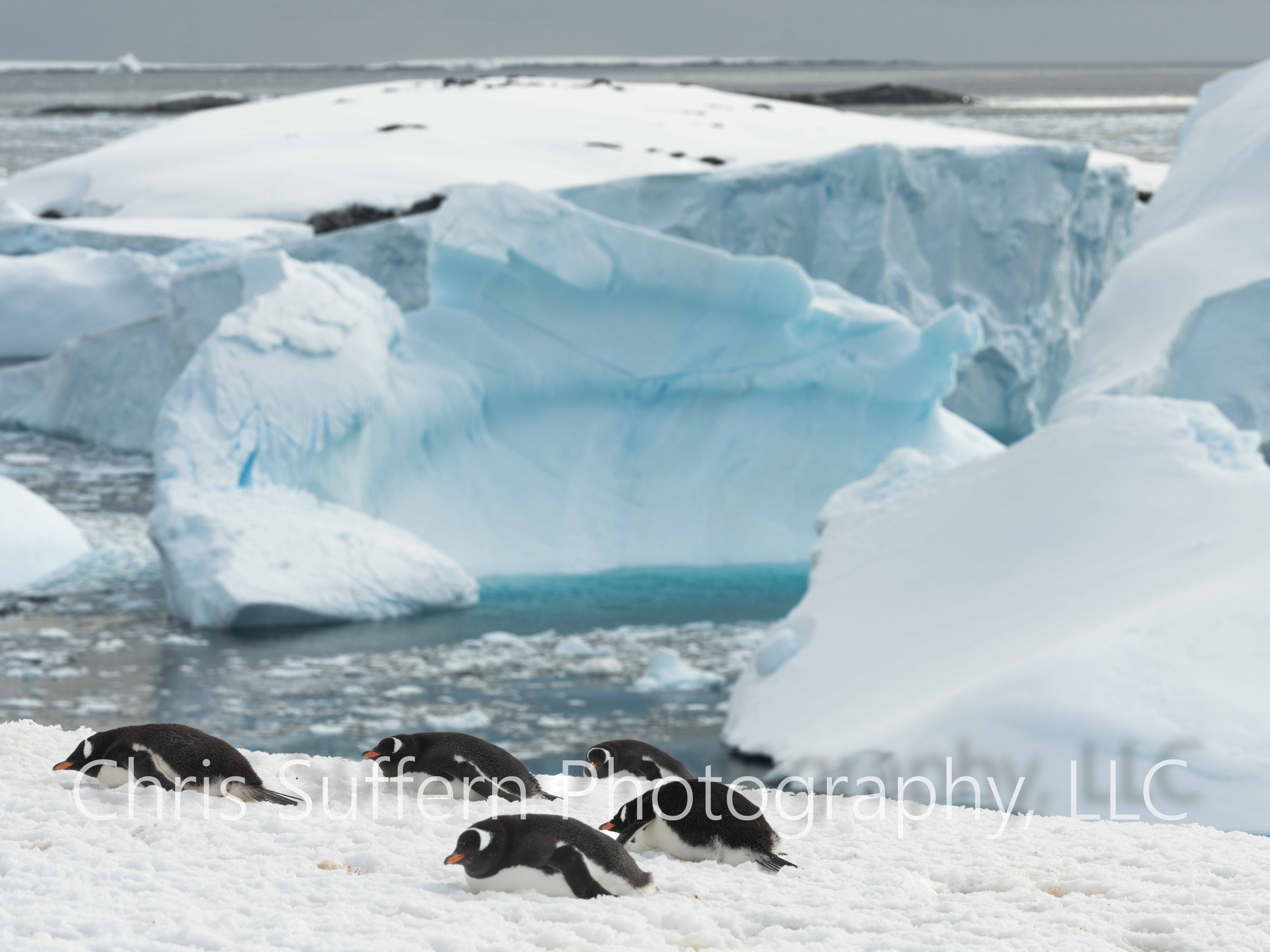

Antarctica complete? No more cruises? I’m not sure. After returning home my curiosity led me to search for other polar expeditions; Cape Town offers direct flights to the white desert, cruises from New Zealand explore the sub Antarctic islands - the Galapagos of the southern ocean-, the south pole is also considered. Losing my luggage limited my creativity. I may never take part in the peninsular cruise, but these potential destinations might provide ample opportunity for spectacular photo and video exploitation.
December 2022

